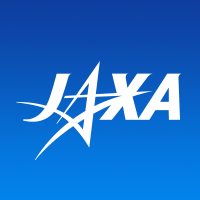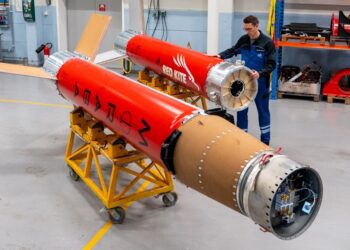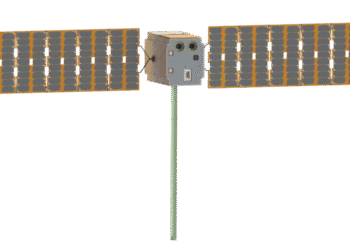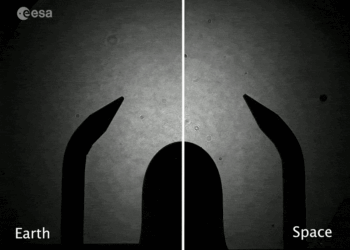The recent collaborative venture between the Japan Aerospace Exploration Agency (JAXA) and the German Aerospace Center (DLR) marks a significant stride in robotic collaboration on the International Space Station (ISS). This partnership aims to enhance the operational efficiency of robotic systems on the ISS, with a focus on developing autonomous robotic technology for future space exploration missions.
Key Achievements
- The successful integration and demonstration of cutting-edge robotic technology on the ISS, paving the way for future autonomous space missions.
- Enhanced collaboration between international space agencies, fostering shared learning and resource optimization.
By leveraging their combined expertise, JAXA and DLR have aimed to address the challenges of maintaining and enhancing the functionality of robotic systems in space. This milestone is crucial in advancing the robotic capabilities required for sustainable lunar and Martian exploration missions.
Future Prospects
As the collaboration continues, both agencies plan to focus on more advanced robotic missions that will improve efficiencies and reduce the dependence on human presence for routine tasks on the space station. This move is aimed at supporting long-term exploration goals, including those in deep space exploration.
This collaborative effort underscores the importance of international partnerships in pushing the boundaries of current technological capabilities and ensuring the success of ambitious space exploration ventures.
For more detailed information on this development, you can read the full article on the JAXA website.





















